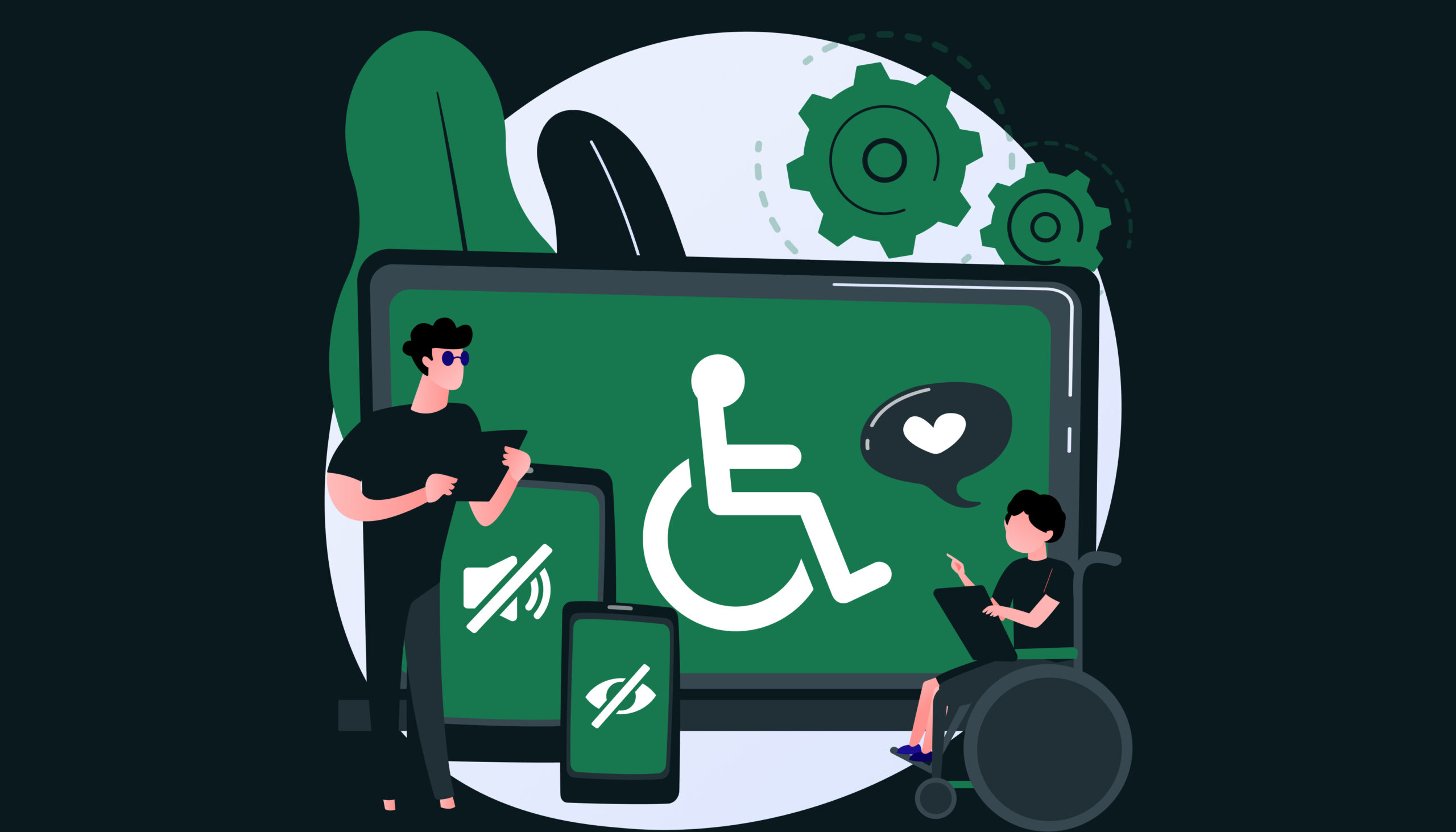Creating designs and interfaces that do not exclude users with disabilities is the goal of accessibility in any form.
When we design with accessibility in mind, we increase the odds that everyone will be able to use a product correctly – regardless of ability, context, or scenario. Users with permanent or temporary visual, movement, auditory, speech, or cognitive limitations are included.
While discussing accessibility in terms of design, we talk about how to make our designs suitable for everyone in our society. Everyone is affected by accessibility. We may interact with a product differently depending on a variety of factors, such as a broken arm, a noisy environment, and others. A typical example is using enough color contrast so that the information is readable by everyone.
Why should our web applications be “ACCESSIBILITY FRIENDLY” to everyone in society?
REASON NO. 1:
THE ETHICAL CAUSE: Digitalization should be accessible to all people equally.
REASON NO. 02:
BENEFICIAL TO BUSINESS: Creating accessible designs helps you reach a wider audience and improves user SEO and usability.
REASON NO. 3:
It’s Legal: Most countries have laws requiring web designers to create web designs that are accessible to all users.
What Does Accessibility Include?
- Make the least complex design.
- Designing a website for color-blind people.
- The curb-cut effect: This term describes how designs intended to help people with disabilities frequently end up helping a much larger user group.
Accessibility implies allowing individuals with different abilities and methods of access to utilize your interface successfully. The goal of accessibility is to remove obstacles to seeing, comprehending, and navigating your interface, ensuring that no one is left out.
Designers must consider two distinct types of users when attempting to make their interfaces for all: people with varying technical abilities and people with varying physical abilities.
KEY PRINCIPLES:
- Create a comparable experience: Your interface should provide a comparable experience for all users so that they may complete tasks in a way that meets their needs without jeopardizing the quality of the content.
- Consider the following scenario: People utilize your interface in a variety of contexts. Make certain that your interface provides individuals with a user experience regardless of their circumstances.
- Maintain consistency: use recognized norms and stick to them.
- Give Control: Ensure that individuals have control. People should be allowed to access and engage with the material in the way that they desire, not in the way that the interface dictates.
- Provide options: Consider offering multiple approaches for people to do jobs, particularly those that are challenging and non-standard.
- Prioritize Content: By prioritizing important tasks, features, and information within the content and layout, you may help people focus on them.
- Consider the value of features: To know how they improve the experience for various users.
The bottom line:
Along with recognizing the need for an accessible developmental design for any software interface, Zenkoders also significantly contributes to working towards it. Because we believe that accessibility in any design development not only renders a better user experience and increases the audience but the fact that every human on earth must have the access to equal opportunity in the digital world.

